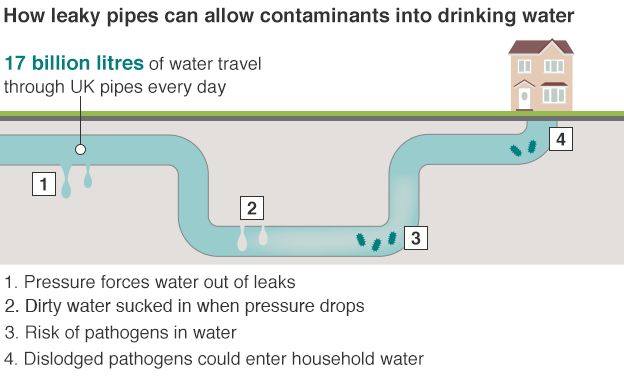Check Out Exactly How Changing Weather Condition Patterns Can Impact Your Roofing Setup And Secure A Work That Fulfills Your Criteria
Check Out Exactly How Changing Weather Condition Patterns Can Impact Your Roofing Setup And Secure A Work That Fulfills Your Criteria
Blog Article
Author-Vick Oh
When it pertains to roofing installations, the weather condition can make or damage the job. Picture the disappointment of handling products that won't coordinate because of severe warmth or battling slippery surface areas caused by unanticipated rainfall. Comprehending the effect of weather on your roofing job is vital for a successful outcome. So, allow's discover exactly how various weather condition elements can affect the high quality and resilience of your roofing setup, guaranteeing a work well done.
Effect of Temperature on Roof Covering Installment
When it concerns roof installment, temperature plays an important function at the same time. The perfect temperature level for roof covering jobs commonly drops in between 45 and 85 levels Fahrenheit. castle hill roofer can create products like roof shingles to come to be also pliable, causing potential damages during installation. On the other hand, cold temperatures can make products fragile and vulnerable to fracturing. It is very important to schedule roofing installations throughout moderate temperature levels to ensure the very best result.
Throughout cooler weather condition, contractors might need to take additional preventative measures such as making use of heated tools or permitting products to heat up before setup.
On the other hand, heat may need work to be done earlier or later in the day to stay clear of the peak temperatures. By thinking about the temperature and its effects on roof materials, you can assist make sure an effective installment that will hold up against the aspects for years to come.
Impact of Precipitation on Roof Projects
Roofing jobs can be significantly affected by precipitation, affecting both the timeline and the quality of the installation. Rain or snow can create slippery problems, making it hazardous for roofing professionals to work on a wet surface area. Additionally, dampness can compromise the adhesion of materials like shingles or underlayment, causing potential leakages or problems in the future.
If it rains during a roofing project, the water can permeate right into susceptible locations, creating delays as the installation crew need to wait on the roofing system to dry prior to proceeding. Excessive moisture can likewise promote the growth of mold and mildew and mildew, further endangering the stability of the roofing.
To stay clear of these concerns, it's recommended to arrange roof covering jobs throughout drier periods or keep an eye on the weather report closely to plan about any kind of possible rainstorms. By taking home renovation san antonio to operate in positive climate condition, you can make certain a smoother and much more effective roofing system installation procedure.
Impact of Wind Rate on Installment Success
Throughout roofing system installation, the speed of the wind plays an important duty in determining the success of the job. High wind rates can pose substantial challenges to contractors, potentially resulting in security risks and quality problems. When wind speeds go beyond advised limitations, it ends up being difficult to deal with materials, enhancing the risk of accidents and damage to the roof covering products. Solid gusts can also impact the precision of measurements and the accuracy needed for proper installation.
To ensure a successful roofing installation, it's important to check and take into consideration wind speeds. Preferably, roof covering installment should occur on days with reduced to moderate wind rates. This not only boosts the safety and security of the employees however also enhances the overall high quality of the installment.
Roof tasks scheduled during calm weather conditions are more probable to be finished successfully and with fewer mistakes. By taking note of wind speed forecasts and intending accordingly, you can aid ensure a smooth and effective roof covering setup process.
Conclusion
So, when it comes to roof installation, remember to think about the climate condition to make sure a successful task. Optimal temperatures, dry problems, and modest wind speeds are essential aspects to prioritize for a smooth installment process. By arranging your job during the most effective seasons and ideal weather conditions, you can achieve a durable and long-lasting roof that will secure your home for many years ahead.
